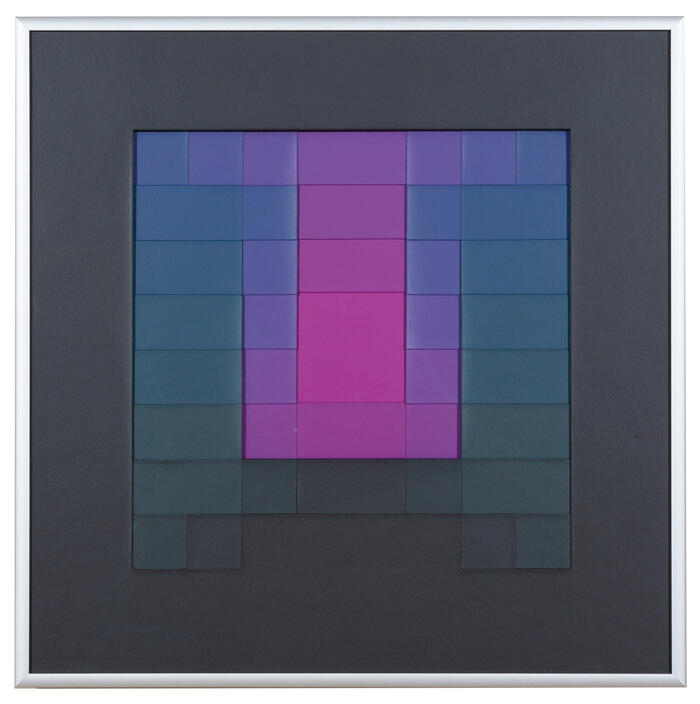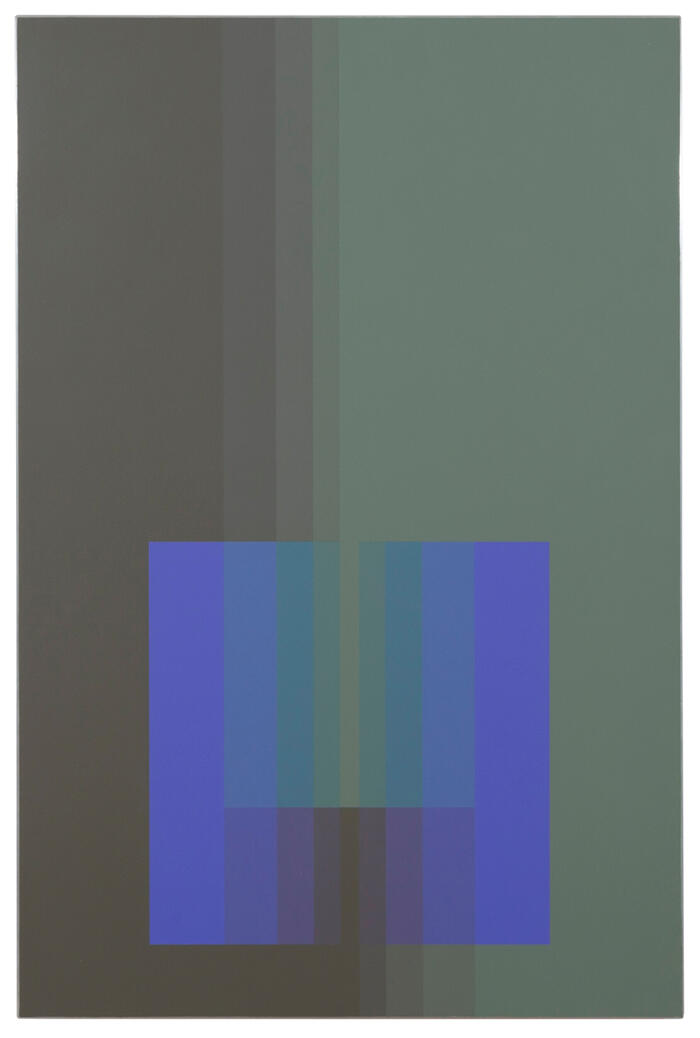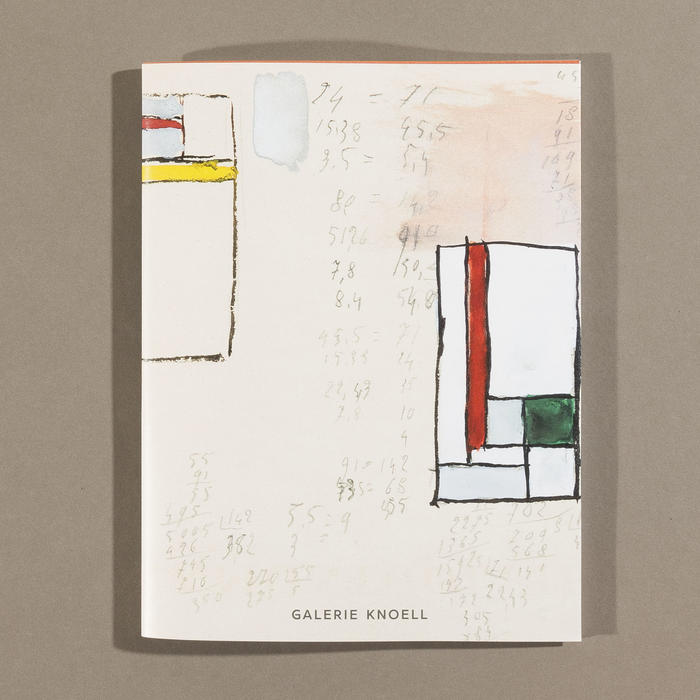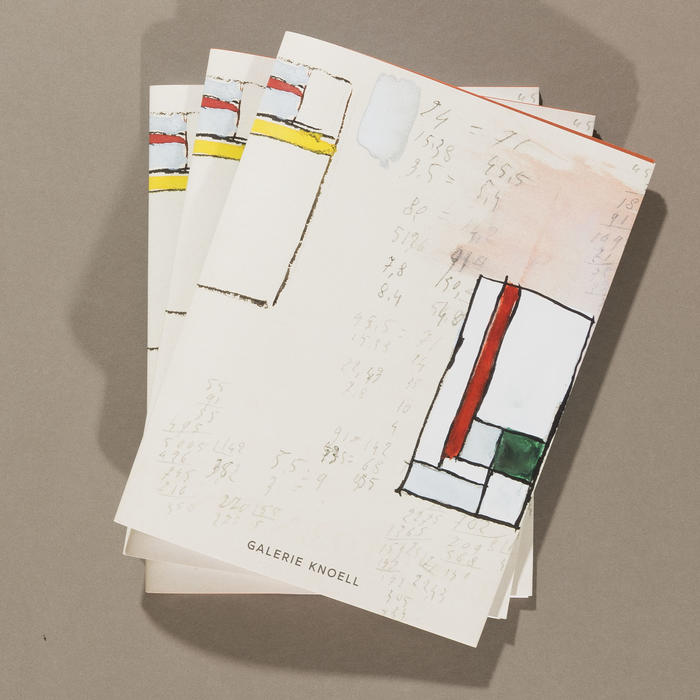Karl Gerstner Estate
1930 — 2017
Karl Gerstner, born in Basel, was a theorist, graphic artist, painter and author. As graphic designer and co-founder of the internationally operating advertising agencies "Gerstner + Kutter", later "GGK", he is one of the protagonists of successful Swiss graphic design. As an author, Gerstner has written numerous articles and books on art, such as the classic of the design theory "Compendium for Alphabets. Systematics of Scripture" in 1972. As a theorist, his writing "Kalte Kunst? Zum Standort der heutigen Malerei ", 1957. Gerstner's art is a research carried out in his studio, his laboratory, based on two pillars: the search for pictorial systems and the study of color effects. Gerstner conceives whole image systems beyond the individual work, but the involvement of the viewer is also of central importance in his works. Furthermore, the changeability of the image, whether mechanical or optical, played an essential role in Gerstner's work since the exchange of Op Art and kinetic art in the 1960s.
The systematic division of his work into chapters began in the 1950s with "Aperspektiven" and "Reihenbildern", including the work "Progressive Penetration", black and white, 1960. Gerstner is a leading representative of "Concrete Art", which was popularized by Joseph Albers and Max Bill and deals intensively with the Zurich Concrete Art. Based on Gerstner's analysis of concrete works, which for him are transparent and coherent in their formal structure, but do not correlate with colour, he wanted to create constructive images in which form and colour form a unity. The forms were formed from equal intervals in number and the colours from equal intervals in perception. In consistent development of serial principles, he then turned primarily to colour and its effect with the groups of works of "Color Sounds", "Color Lines" and "Color Forms".
Karl Gerstner was represented at various international group and solo exhibitions:
at Documenta 3 and 4 in Kassel, the Venice Biennale, the Wallraf-Richartz-Museum in Cologne, the Kunstmuseum Bottrop, the Von der Heydt Museum in Wuppertal, the Museum of Modern Art in New York, the Palazzo Reale in Milan, the Centre Pompidou in Paris, the Kunstmuseum Winthertur, the Kunsthaus and the Helmhaus in Zurich, the Kunstmuseum Basel | Gegenwart in Basel and the Kunstmuseum in Solothurn.
His works have also been exhibited in the following galleries:
Gallery Denise René in Paris, Gallery Der Spiegel in Cologne, Gallery Hans Mayer in Düsseldorf, Staempfli Gallery in New York and Gallery Beyeler in Basel.
Text quoted after: (shortened)
Minimalism in Germany. The Sixties. Minimalismus in Deutschland. Die 1960er Jahre, Renate Wiehager, Ed., Daimler Art Collection, Hatje Cantz, Ostfildern 2012, p. 254.
 Colour Sound, extra vesion, 1977
Colour Sound, extra vesion, 1977  Metachrom, 1974
Metachrom, 1974 
